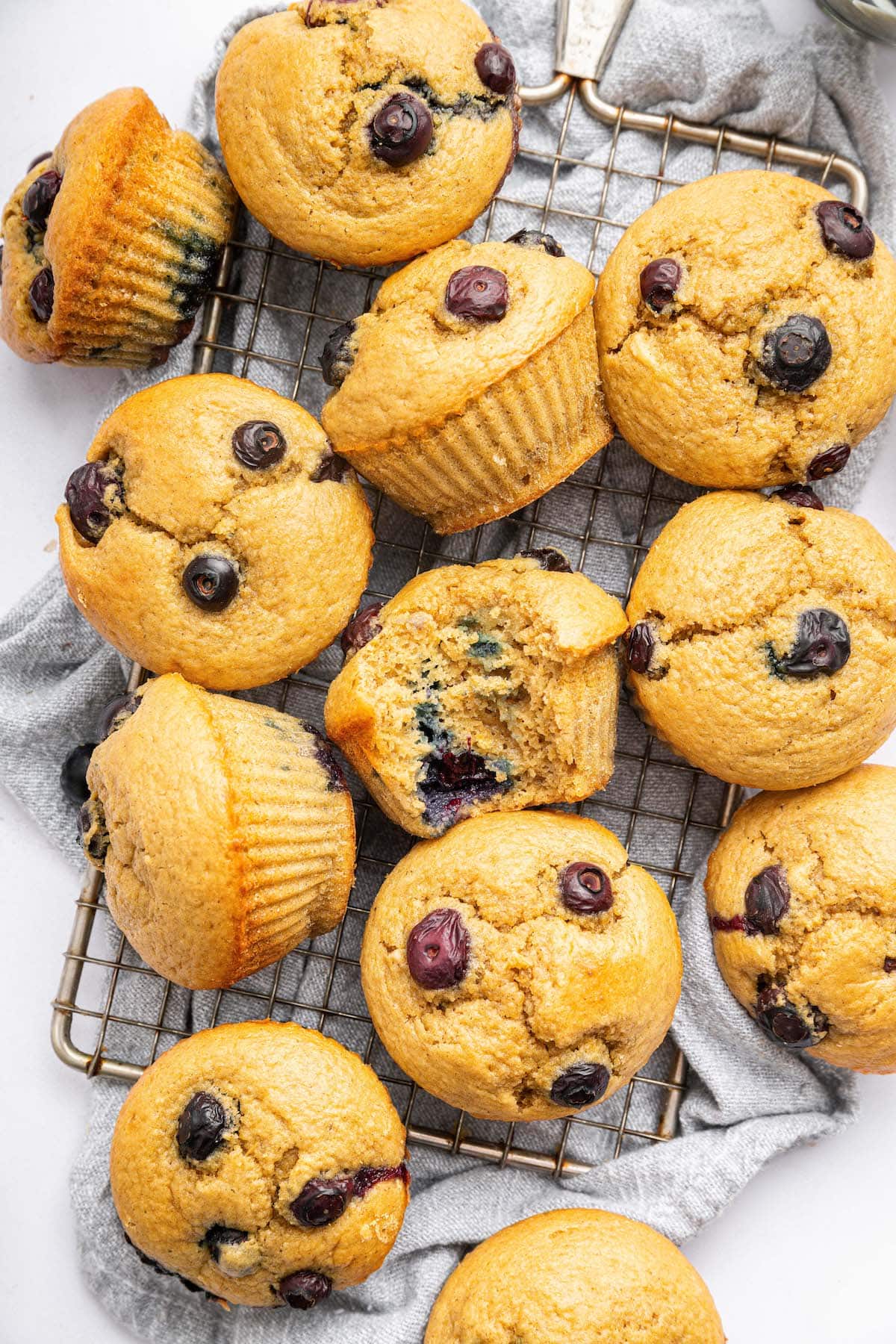Ah yes… Can you smell that? That is the sweet aroma of a New Year dawning. A new year brings opportunity, challenge, and excitement. If you are one of the many individuals looking to improve and crush some goals, you have come to the right place.
Don’t get bogged down in the little details. How many days per week? What exercises? How much protein per day? The most important thing is just to start. We are here to help. Continue reading for practical advice on attacking fitness goals and remaining consistent.
Regardless of your goal and whether a newbie or a seasoned fitness veteran, you must develop a SMART plan. Write that goal down on paper and ensure that it is Specific, Measurable, Attainable, Relevant, and Time-Oriented.
First, we must address the elephant in the room… diet. Despite your current fitness level, there are some common principles here that apply to everyone.
Simple Diet Principles for ALL Fitness Levels:
1: Prioritize Protein
By focusing on your protein intake, you are helping your body build and repair muscle. Protein is also satiating, meaning it helps you feel fuller longer and wards off “hanger” and binge eating. Lastly, when striving to increase protein intake, it takes some work and planning, which leaves less time and desire for sweet treats or junk food.
Where to start?
According to the International Society of Sports Nutrition, if you are aiming to optimize fat-free mass a range of 1.4-2.0 grams of protein/ kg is suggested. Track how much protein you eat in one day. If you are not falling into that range, just aim to slightly increase. The goal is progress, not perfection!
Pro Tip: Your diet should be comprised mainly of whole foods. However, Pure Whey Protein is a great asset for those looking to increase protein intake and optimize lean muscle mass. Try adding in 1 protein shake per day post-workout to supplement your protein numbers.
2: Hammer Hydration
We are all adults here… get consistent with daily water intake. Dehydration can cause fatigue, weakness, headaches, and a high heart rate. Proper hydration, however, leads to more energy, improved brain function, decreased joint pain, healthy skin, and improved digestion.
Where to start?
At the very least, 8 glasses of water per day. As soon as you wake up, before drinking coffee, drink 1 large glass of water. Track your water intake and see if there is room for improvement. Ideally, those who are exercising should aim for 3-4 liters of water per day.
Pro Tip: Get a reusable 32-oz water bottle. This makes hydration easy to track, is environmentally friendly, and encourages you to stay on top of water intake.
3: Vegetable Victory
Again, we are all adults here… up the ante on your vegetable game. A diet rich in vegetables aids in digestion, beefs up vitamin and mineral intake, can lower blood pressure, has a positive effect on blood sugar, and may even reduce the risk of some cancers. Vegetables are low in calories and filling, making them a win-win.
Where to start?
Aim for 5 servings of fruits and vegetables per day (2 fruit, 3 vegetables). Keep fruits and vegetables visible in your house to encourage their use as snacks. Plan them into your day.
Pro Tip: Work fruits and vegetables into smoothies, where you can also add FUEL for a filling, high protein snack that gives you hours of energy!
Exercise Frequency by Experience
Here is where we start to break things down by your fitness experience level. Everyone has great intentions starting the year with big goals. Before going from 0 to 100 mph, make the goal of getting consistent and being realistic about what you can do each week.
Beginners: 3 days per week
Under promise and over-deliver. If you are just getting started, 3 days of exercise per week is the place to start. 3 days per week allows you to get consistent, leaves time for recovery between sessions, and gives you breathing room to make up a day if you miss.
Get strategic and write your workout days/ times into your schedule. Monday, Wednesday, and Friday is a great split. Pick the days that are most convenient for you and knock out 3 full body workouts each week.
Monday: Full Body Lift/ HIIT
Wednesday: Full Body Lift/ HIIT
Friday: Full Body Lift/ HIIT
Intermediate: 4 days per week
If you have already been in the gym and are hoping to keep the momentum going, this section is for you. Maybe you have been hitting 2-3 workouts per week and are now ready to step it up. Remember, subtle changes can yield large results.
If you categorize yourself in the intermediate group, go for 4 days of exercise per week. This could be 3 full body workouts + 1 cardio session per week, or a 4-day split in the gym of upper body, lower body, upper body, and lower body. The goal is to slightly add to what you already have going.
Monday: Upper Body Lift/ HIIT
Tuesday: Lower Body Lift/ HIIT
Thursday: Upper Body Lift/ HIIT
Friday: Lower Body Lift/ HIIT
Advanced: 5+ days per week
If you have been consistently exercising for a few years and are now looking for incremental gains, this is you. This is where we look at fitness as a lifestyle. It is just part of your daily schedule, as normal and consistent as brushing your teeth.
5 days per week is a big commitment but once you get in the groove of this schedule, it is just part of your day. 4 sessions of lifting/ HIIT per week with 1 core and cardio session is a winning week. In addition to this, look to stay active over the weekend. Saturdays are a day to plan something fun… use your fitness. Plan a hike, disc golf, some pick-up basketball, or your fun activity of choice.
Monday: Upper Body Lift/ HIIT
Tuesday: Lower Body Lift/ HIIT
Wednesday: Core and Cardio
Thursday: Upper Body Lift/ HIIT
Friday: Lower Body Lift/ HIIT
Exercise Selection by Experience Level
Don’t make the mistake of doing too much too early. The goal when starting is to build a strong base and get consistent. Save the super technical exercises for later.
It used to be said that practice makes perfect, but a more accurate saying is, “Practice makes permanent.” If you begin with high-level exercises and learn them incorrectly, those movement patterns stick with you forever, whereas if you spend time drilling the basics, it will pay dividends forever.
High-Value Exercises for Beginners to Master:
Bodyweight Squats, Planks, Push-Ups, Inverted Rows, Superman Holds, Glute Bridges, Pike Push-Ups, Lunges, Jump, Biking, etc.
Example Beginner Full Body Workout
3 Sets:
15 Bodyweight Squats
15 Push-Ups (modified if needed)
3 Sets:
10-12 Inverted Rows
12-16 Lunges
3 Sets:
15 Glutes Bridges
:30 sec Superman Hold
Plank as long as possible.
Intermediate: Increase Intensity
No matter your fitness level, the basics never lose their importance. At a point, however, you will want to step up your efforts and challenge yourself in order to continue seeing results. You can increase intensity both by adding resistance and switching to tougher exercise variations.
High-Value Exercises for Intermediates to Master:
Kettlebell Goblet Squats, Romanian Deadlifts, Bench Press, Chin-Ups, Barbell Back Squats, Bent Rows, Russian Kettlebell Swings, Hanging Leg Raises, Hill Sprints, Bench Triceps Dips, DB Shoulder Press, DB Hang Snatch, etc.
For heavy barbell lifts, think 3 sets of 5 reps. For KB and DB work, think 3 sets of 12-15 reps.
Example Intermediate Upper Body Workout:
3 Sets:
5 Bench Press
5 Chin-Ups
3 Sets:
12 DB Shoulder Press
12 Barbell Bent Row
15 Minute AMRAP:
12 Bench Triceps Dips
16 Alt Arm DB Hang Snatch
20 Hanging Leg Raises
*AMRAP = as many reps as possible
*for 15 minutes rotate through the 3 exercises as many times as you can with good form
Advanced: Love the Process
After exercising for years, progress is harder to come by. Seek incremental gains and enjoy using your fitness in real life. At this level, continue to honor the basics but now push the intensity and test your fitness with more advanced exercises.
Progressive overload is huge, especially the longer you train. Continue gradually increasing weights and/ or reps to avoid following into a rut. The beauty of learning more technical exercises is that it makes you a student of the game and it forces growth by making your body adapt to new stimuli.
High-Value Exercises for Advanced to Master:
Barbell Front Squats, Barbell Good Mornings, Weighted Pull-Ups, Ring Dips, Single Leg RDLs, Split Jumps, Bulgarian Split Squats, Toes to Bar, KB Snatch, Etc
Example Advanced Leg Workout:
5 Sets:
5 Front Squats
5 Good Mornings
3 Sets:
12 DB Bulgarian Split Squats per leg
12 DB Single Leg RDLs per leg
15 Minute AMRAP:
12 Split Jumps
12 Alt Arm KB Snatch
12 Toes to Bar
*AMRAP = as many reps as possible
*for 15 minutes rotate through the 3 exercises as many times as you can with good form
3 Sets:
15 Leg Extension
15 Leg Curls
15 Standing Calf Raises
Remember, consistency is key to achieving your fitness goals. Stick to your workout plan, maintain a healthy diet, and prioritize adequate rest and recovery. As your fitness level improves, gradually increase the intensity and duration of your workouts to continue challenging yourself and progressing toward your fitness goals.
Let’s win 2024!
Publisher: Source link



